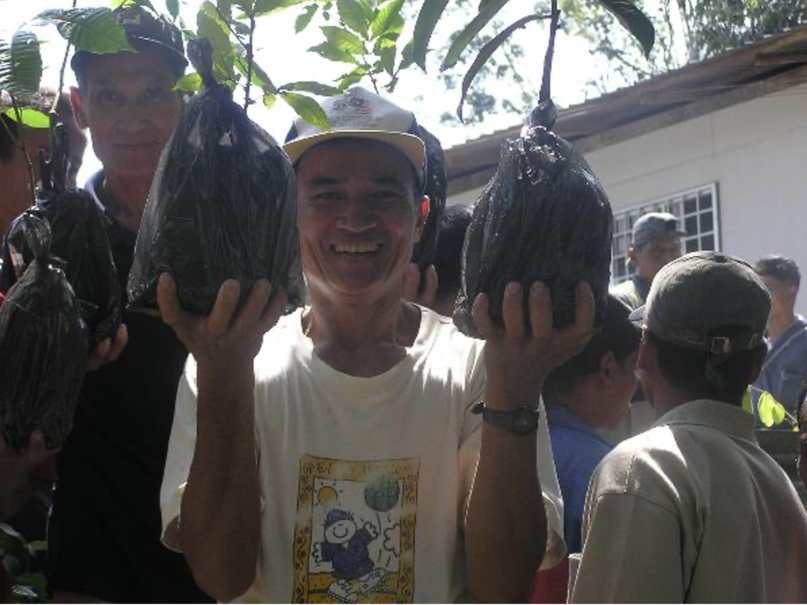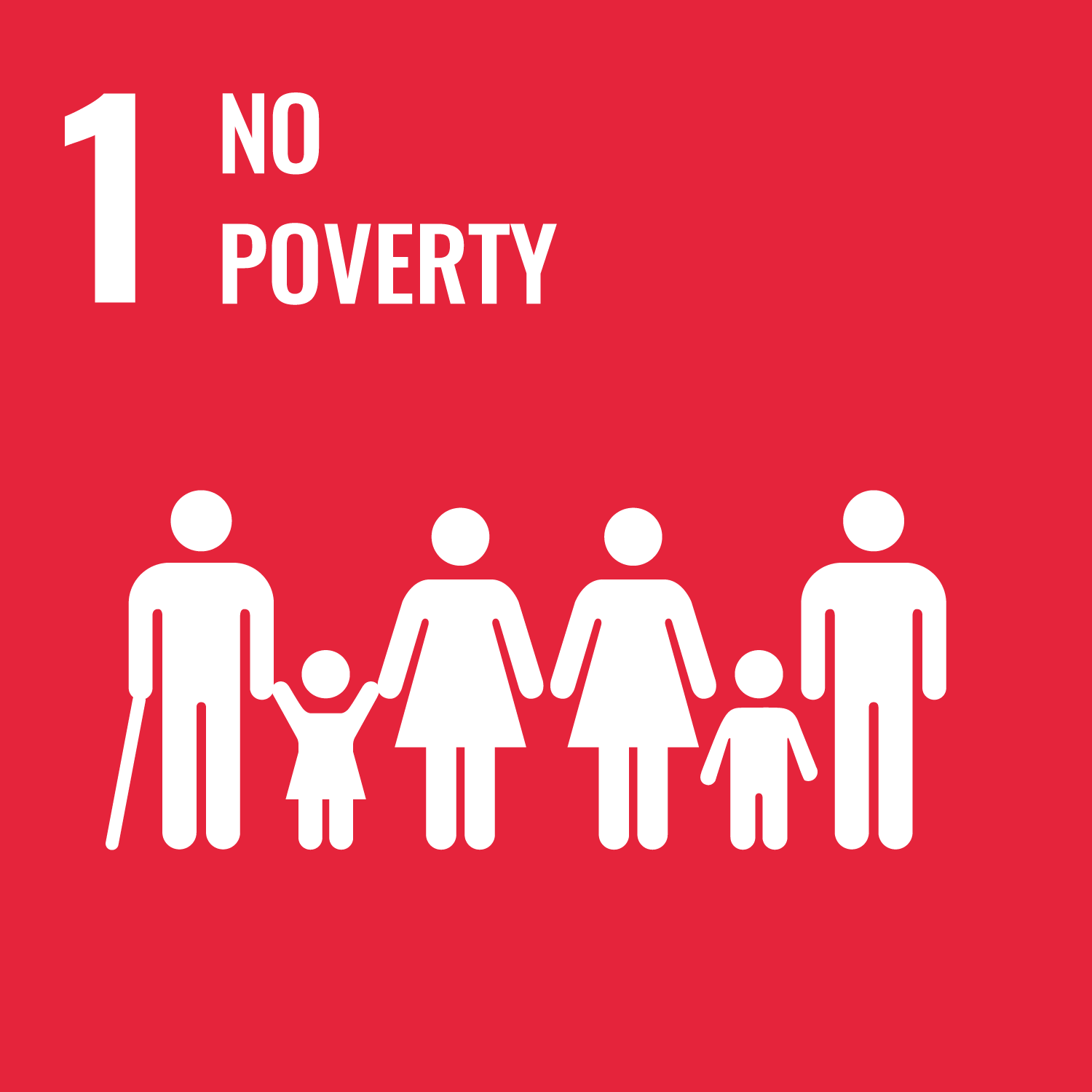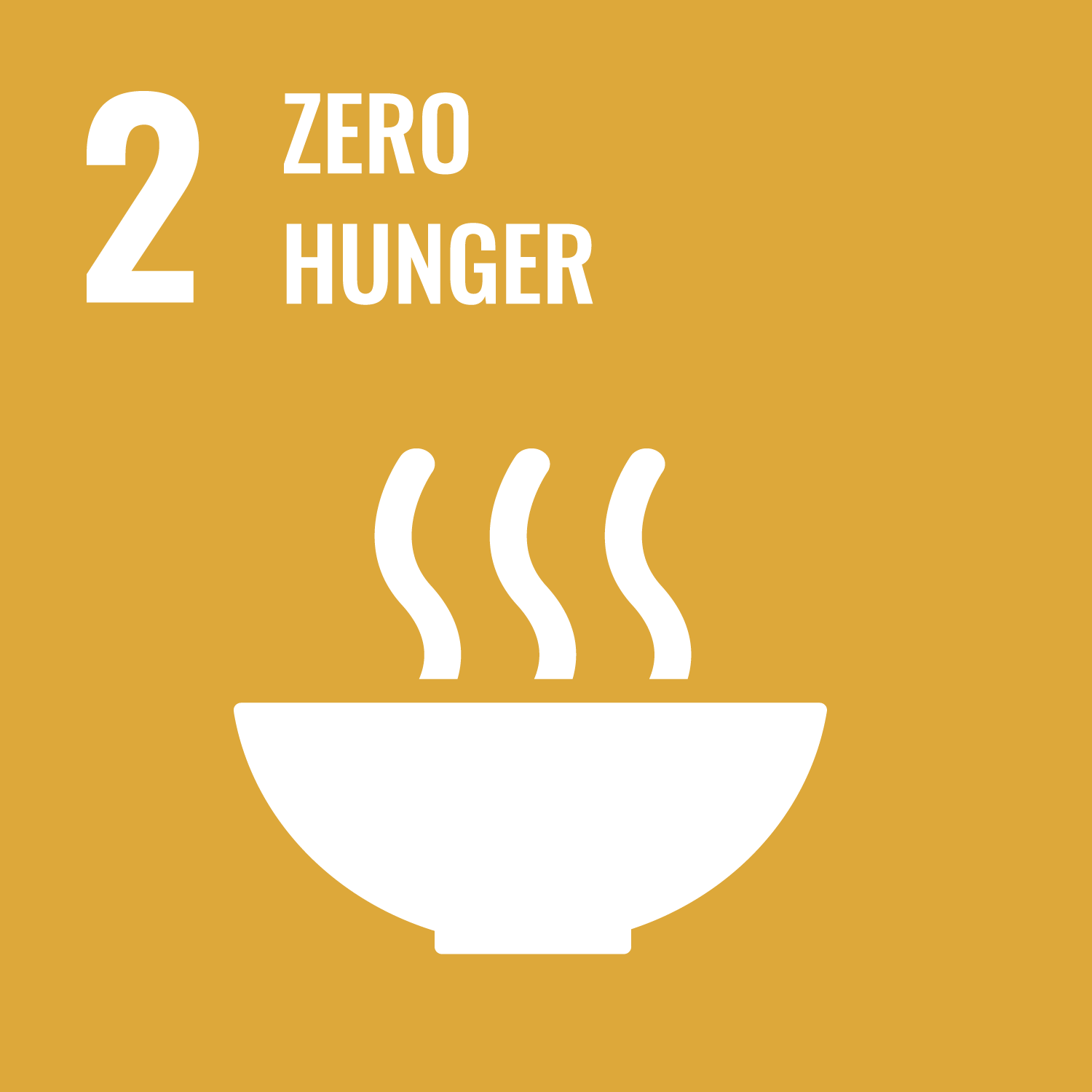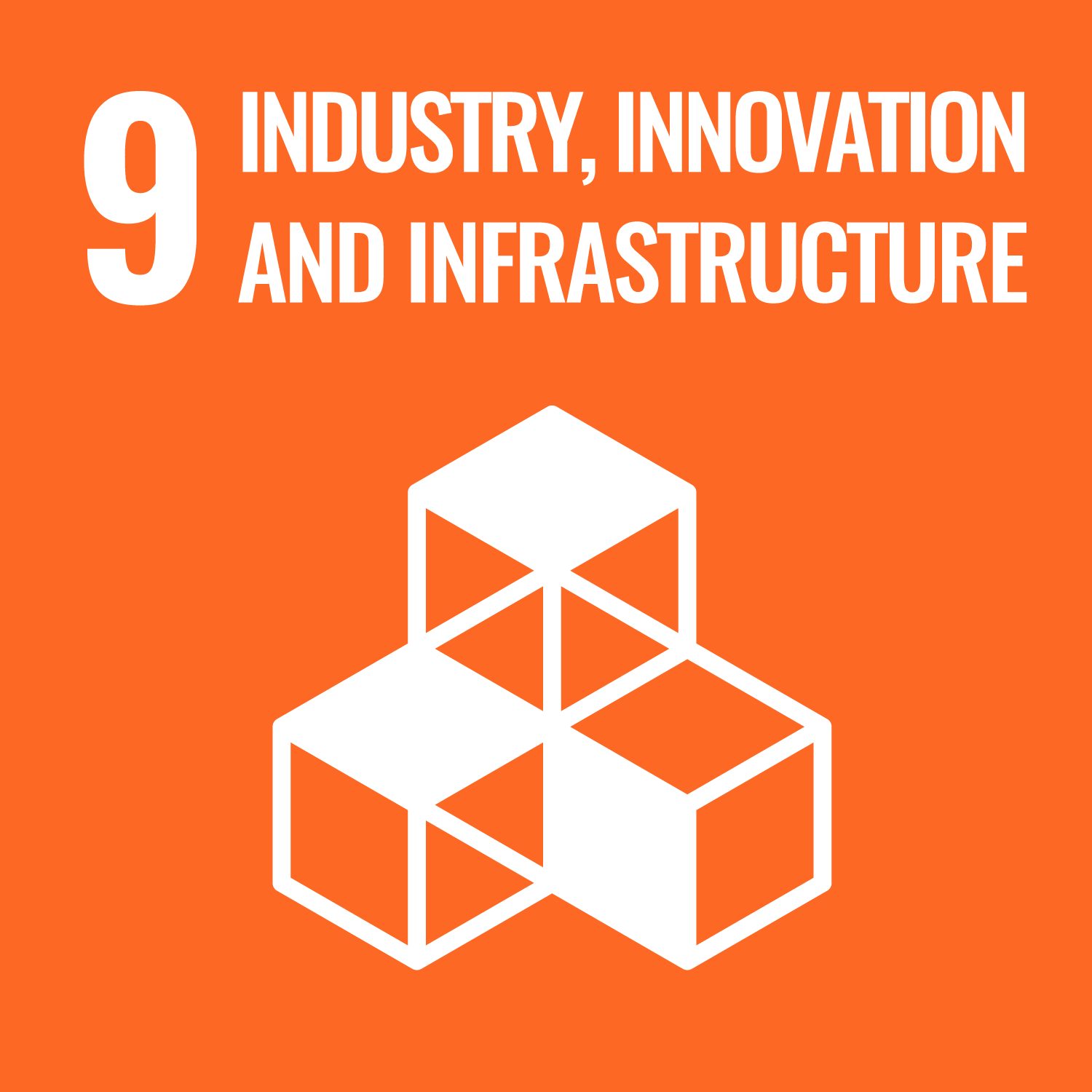Sustainable forestry can provide vital nature-based solutions to crises
25 July 2022

Sustainable forestry can help gain traction for the bioeconomy and nature-based solutions. Photo: Sarawak Forest Department
Yokohama, Japan, 25 July 2022: Sustainable forestry can provide cost-effective solutions to the triple global crises on climate, biodiversity loss and pollution, all of which have been aggravated by recent armed conflicts, according to speakers at a side-event held earlier this month that fed into the 2022 High-level Political Forum on Sustainable Development.
The High-level Political Forum (HLPF) is the central United Nations platform for the follow-up and review of the 2030 Agenda for Sustainable Development and the Sustainable Development Goals (SDGs) at the global level. The 2022 HLPF was held on the theme, “building back better from the coronavirus disease while advancing the full implementation of the 2030 Agenda for Sustainable Development”.
ITTO co-convened the side-event, “Building back better: Forest pathways for a green recovery advancing the 2030 Agenda for Sustainable Development”, on 11 July 2022, in collaboration with the Food and Agriculture Organization of the United Nations (FAO) and other members of the Collaborative Partnership on Forests.
Participants discussed the potential of forest pathways to provide cost-effective means for advancing the 2030 Agenda for Sustainable Development and building back better from the COVID-19 pandemic.
Three forest pathways identified at the XV World Forestry Congress in May were part of the discussion—1) halting deforestation; 2) restoring degraded lands expanding agroforestry; and 3) building sustainable supply chains that provide resilient livelihoods.
ITTO Executive Director Sheam Satkuru, opened the event, saying sustainable forestry, particularly tropical forestry, is central to addressing current global crises and improving food security.
“Increasing the traction of the bioeconomy and nature-based solutions is essential for building back better sustainably,” she said. “Sustainable forestry must yield decent returns to contribute to both.”
Ms Satkuru noted the value of synergies among various joint initiatives of CPF members, such as Sustainable Wood for Sustainable World, the Global Forest Education Project and the Global Partnership on Forest and Landscape Restoration, in increasing the uptake of sustainable forestry and contributing to the achievement of the SDGs.
Other speakers at the side-event included FAO’s Serena Fortuna, who said that halting deforestation is the most cost-effective solution to climate change. Shared challenges between forestry and agriculture exist for halting deforestation, she said, and addressing these will require cross-sectoral approaches and financing.
Using field examples in Brazil, Colombia, Ethiopia and Peru, the World Bank’s Valerie Hickey showed how investing in forest restoration can bring communities and livelihoods back to life. She noted that the COVID-19 pandemic has increased the number of people living in poverty and stressed the need to unlock the power of forestry to provide immediate results, especially in terms of livelihoods.
Dr Krisianto from Indonesia’s Ministry of Environment and Forestry spoke about his country’s social forestry programme. He noted that, in the first year of the pandemic, forestry was especially crucial for maintaining livelihoods.
Gabriela Venegas from the International Forestry Students’ Association spoke about the need to ensure equitable access to forestry education and training; increase internet connectivity, especially in rural areas, to facilitate virtual education; improve technical programmes to encompass socioeconomic and global political aspects related to forestry; expand scholarships and capacity-building programmes; and increase job opportunities and mentoring.
Speakers were followed by a lively question-and-answer session focusing on the links between poverty and deforestation. It was noted that, if implemented property, sustainable forestry is one of the most important existing win–win solutions in all aspects and for all stakeholders.
The discussion recognized that natural capital, including sustainable forestry, is failing to attract international financing, and there is a need for better incentives. ITTO spoke about their collaboration with the World Bank on this, including through the publication of a report in 2021, “Designing Fiscal Instruments for Sustainable Forests”, which examines potential fiscal reforms to positively influence forest conservation and sustainable development. The report is available on ITTO’s website.
In concluding the event, Ewald Rametsteiner, Deputy Director in FAO’s Forestry Division, thanked the speakers and other participants for sharing solutions for building back better. He said there could be no healthy economy on an unhealthy planet.
See a recording of the event here.






